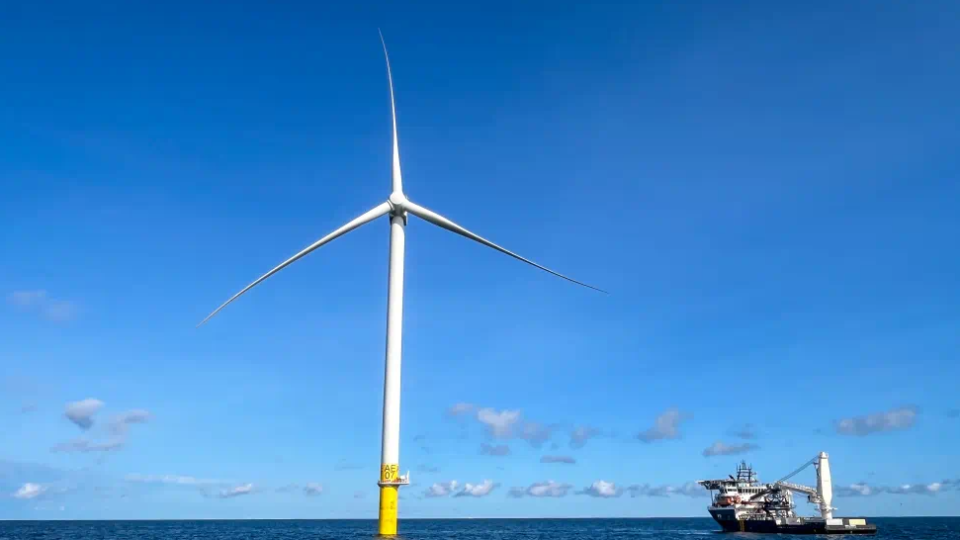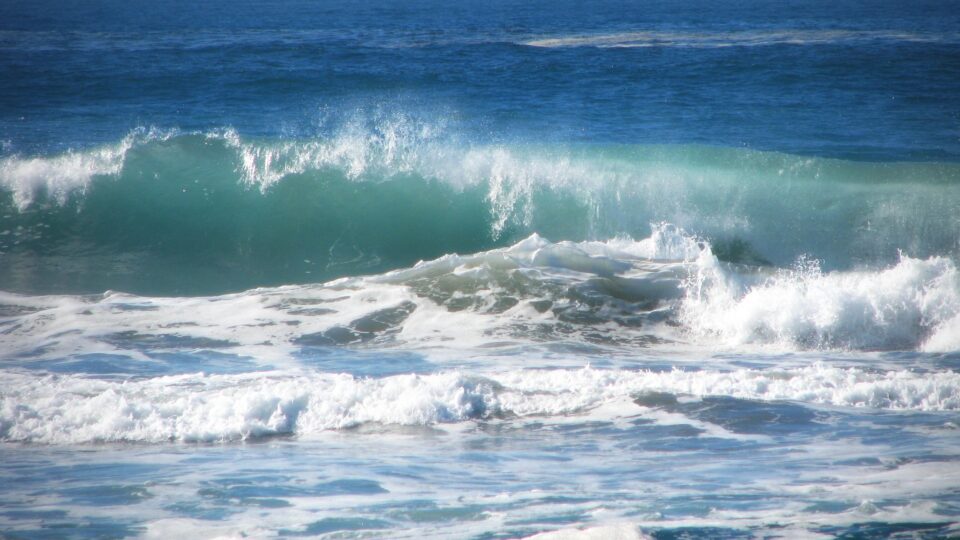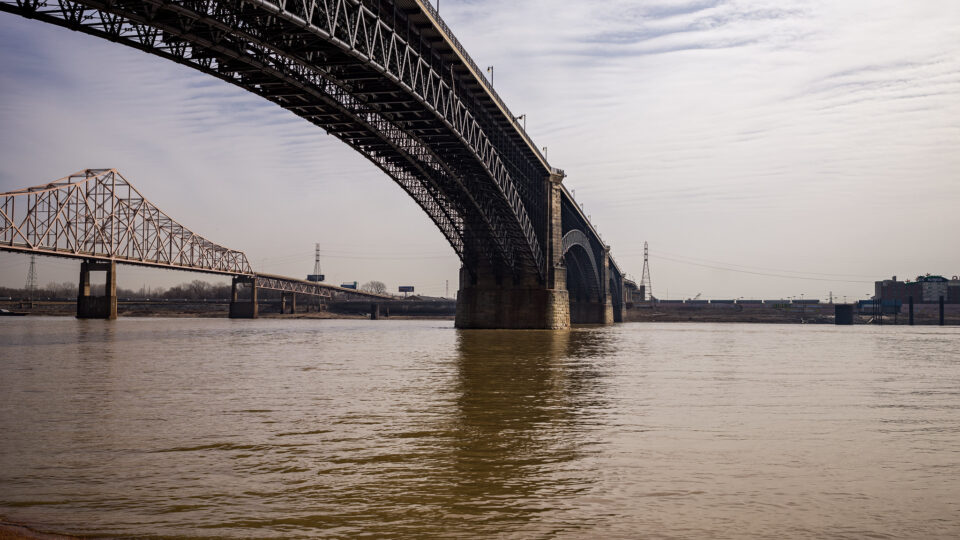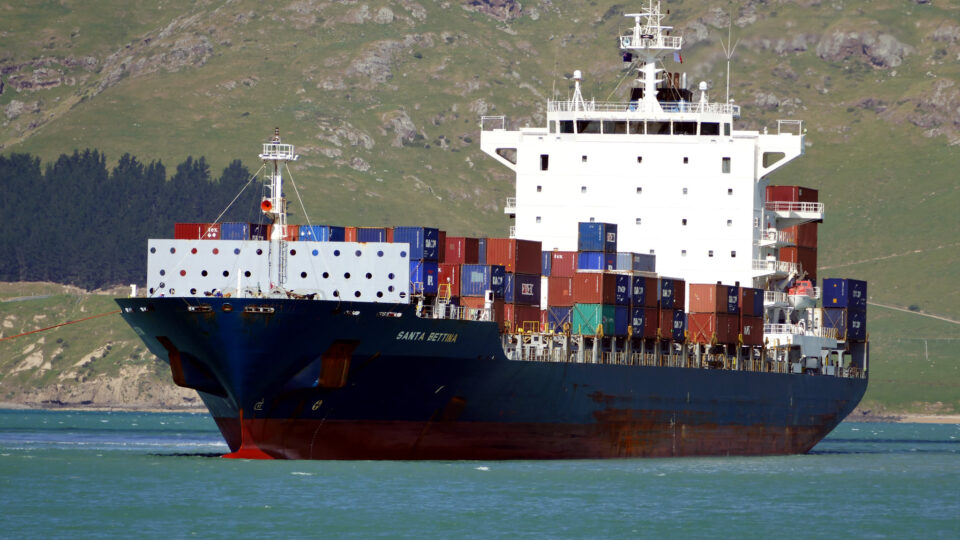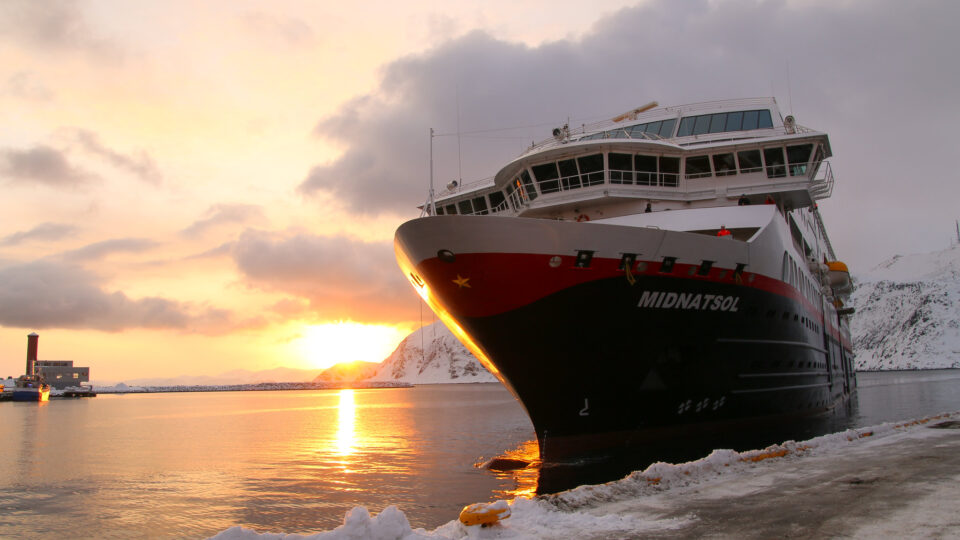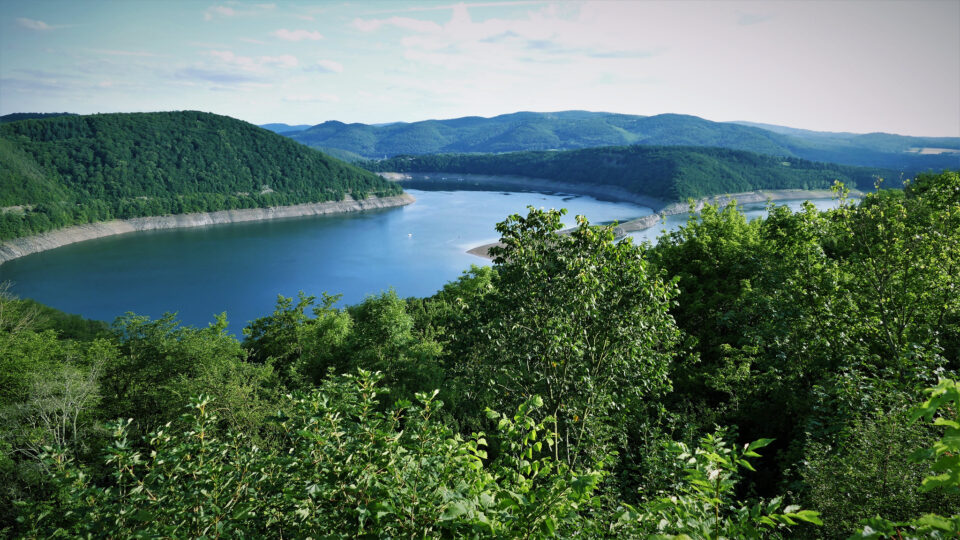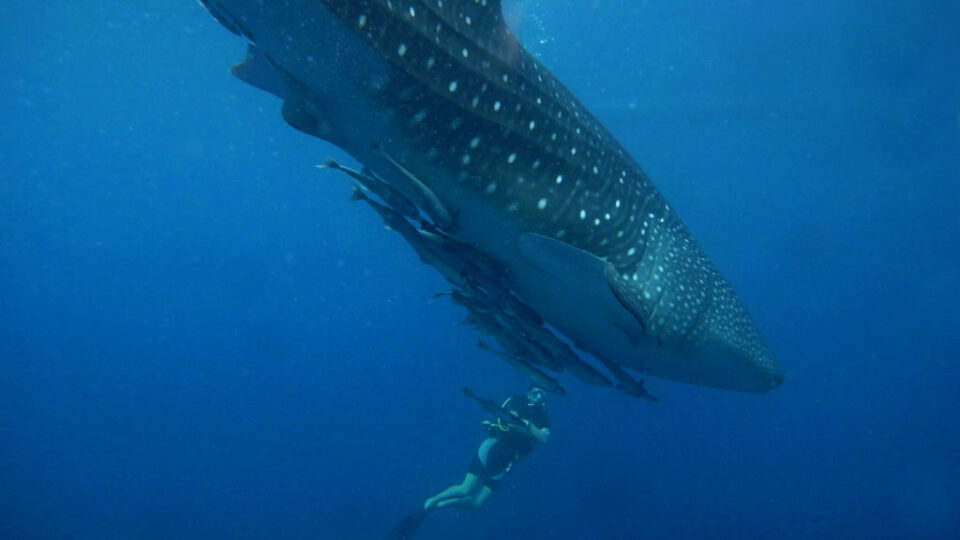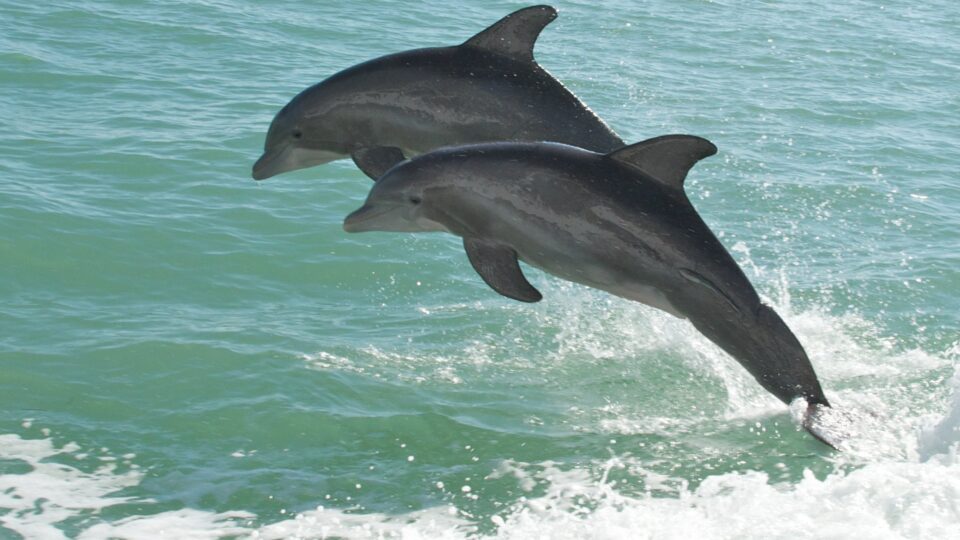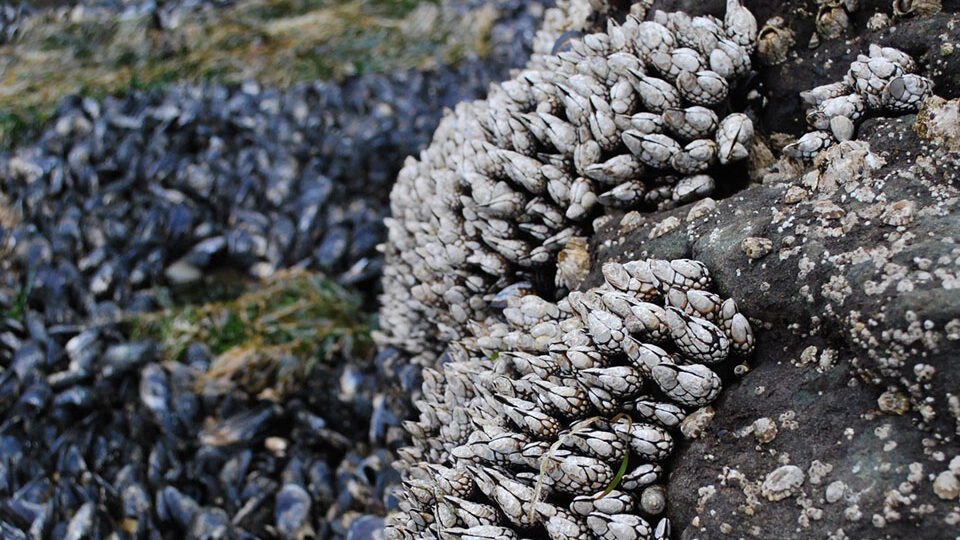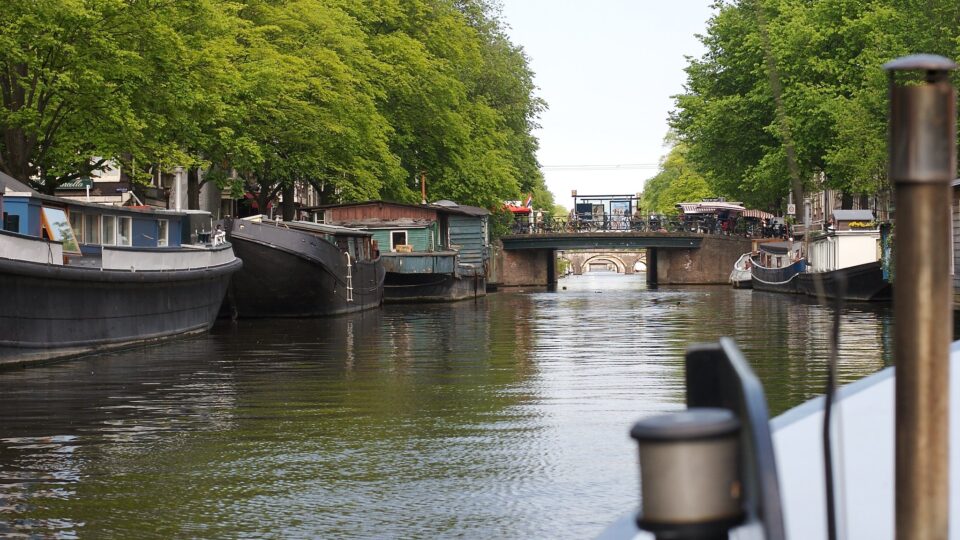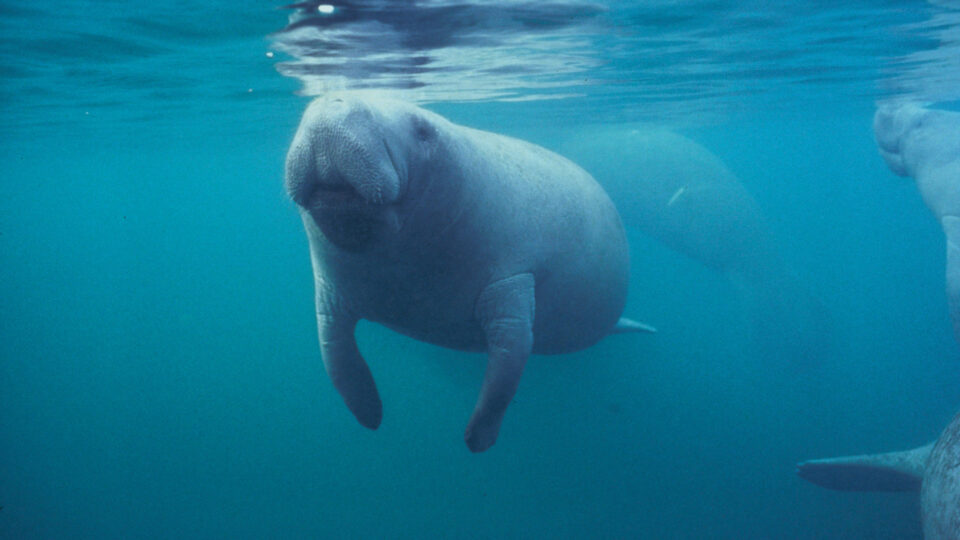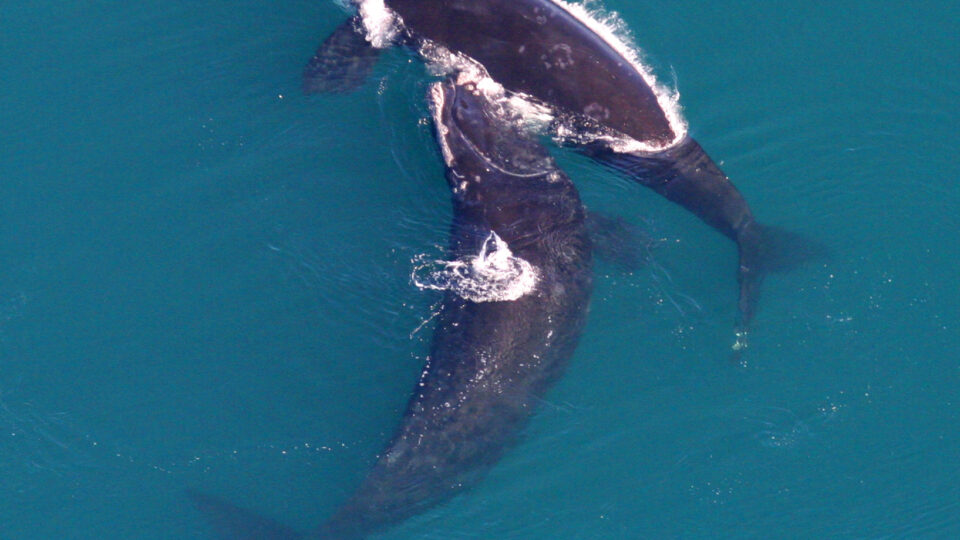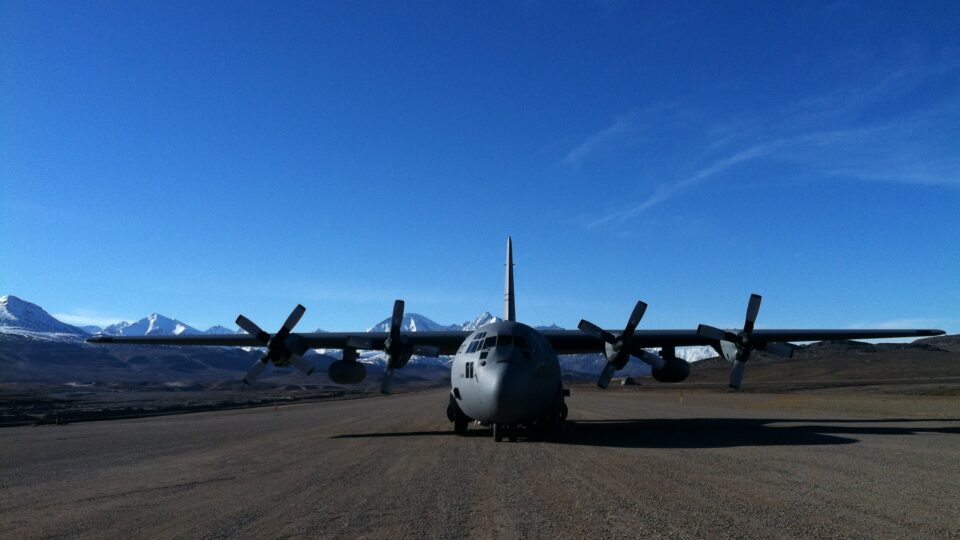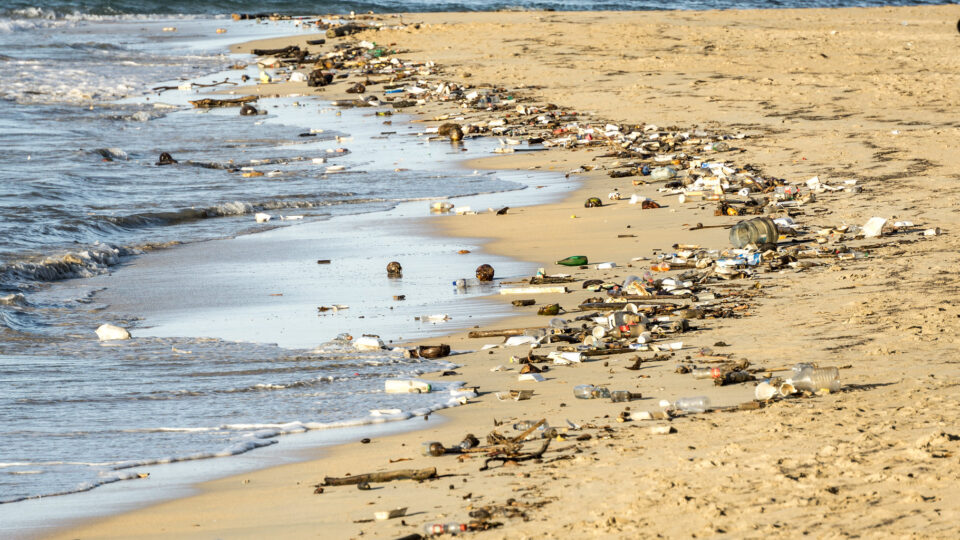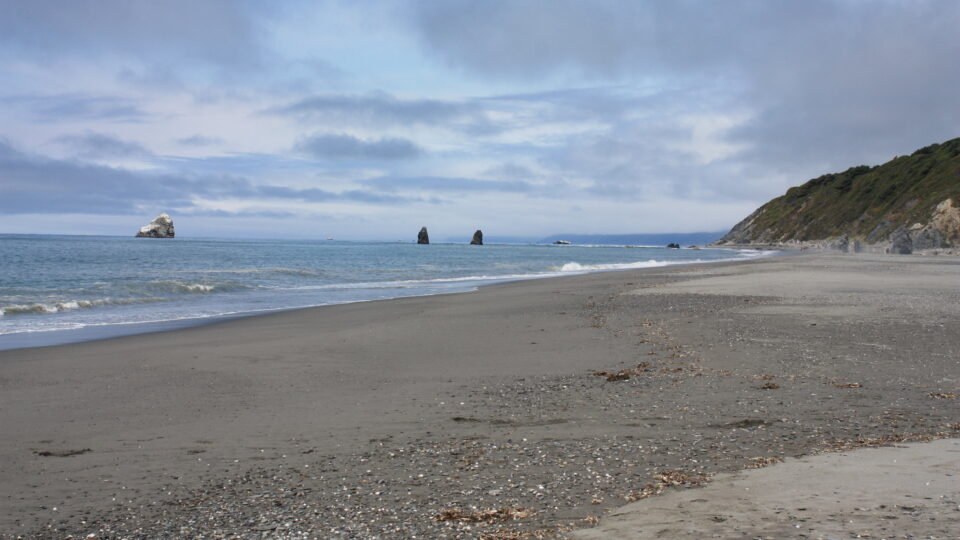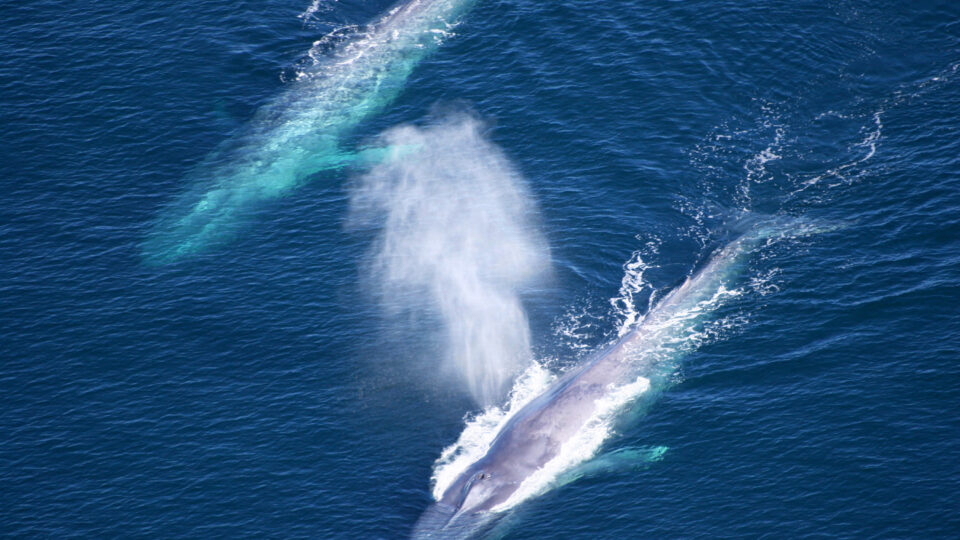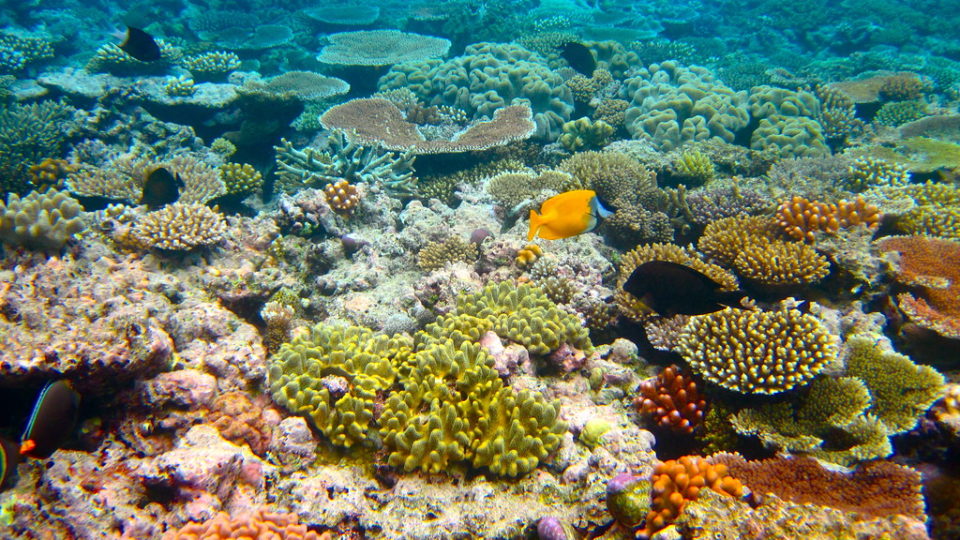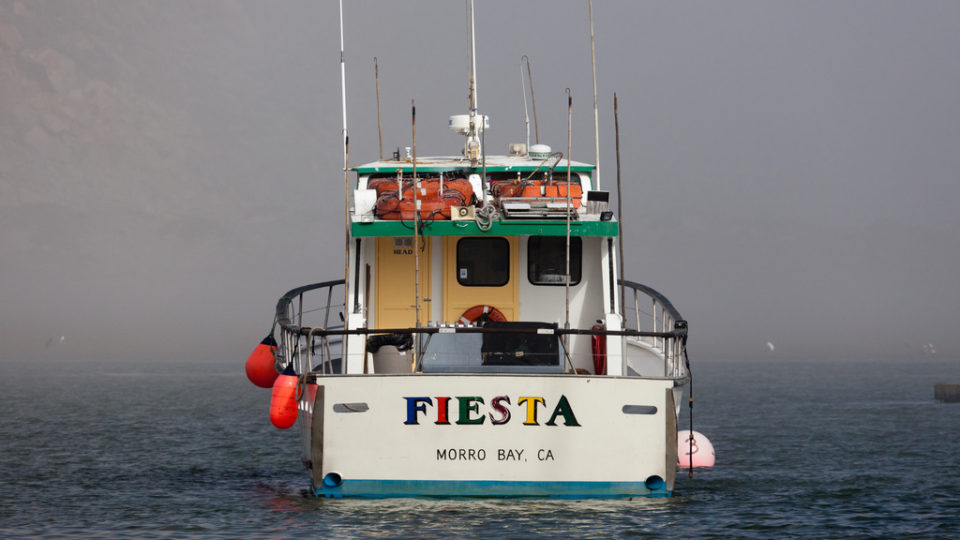Revolution Wind is an offshore wind farm being built by Rhode Island and Connecticut and is the first multi-state offshore wind farm in the United States. Once completed, it will deliver 400 MW of power to Rhode Island and 304 MW of power to Connecticut.
Revolution Wind is a 50/50 partnership between Ørsted, the Danish multinational energy company, and Eversource, a major New England utility company. The wind farm is located about 15 miles south of the Rhode Island coast and 32 miles southeast of Connecticut. It is fairly close to the recently completed South Fork Wind, the first completed utility-scale offshore windfarm in the U.S. and was built by the same partnership.
The first Revolution Wind turbine was installed at the end of August and construction continues with the installation of foundations for the 65 turbines that will comprise the project. More than three-quarters of the units were in place by the beginning of September. Ships have also arrived on scene for cable-laying operations for the wind farm. Onshore construction continues in North Kingstown, Rhode Island, on the project’s transmission system. The turbines for the project are being assembled by local union labor in New London, Connecticut.
Commercial operations at Revolution Wind will not begin until 2026. Construction of the electrical substation necessary to connect the project to the regional electric grid is taking place on the site of a decommissioned naval air station and it is a time-consuming project because of the presence of buried waste and soil contamination. The construction of the offshore wind farm itself will be completed in 2025.
**********
Web Links
Revolution Wind installs first offshore turbine
Photo courtesy of Kate Ciembronowicz / Orsted via Revolution Wind.
Earth Wise is a production of WAMC Northeast Public Radio
